Evaluating the effect of innovative motivation and supervision approaches on community health worker performance and retention in Uganda and Mozambique: study protocol for a randomised controlled trial
- PMID: 25873093
- PMCID: PMC4432981
- DOI: 10.1186/s13063-015-0657-6
Evaluating the effect of innovative motivation and supervision approaches on community health worker performance and retention in Uganda and Mozambique: study protocol for a randomised controlled trial
Abstract
Background: If trained, equipped and utilised, community health workers (CHWs) delivering integrated community case management for sick children can potentially reduce child deaths by 60%. However, it is essential to maintain CHW motivation and performance. The inSCALE project aims to evaluate, using a cluster randomised controlled trial, the effect of interventions to increase CHW supervision and performance on the coverage of appropriate treatment for children with diarrhoea, pneumonia and malaria.
Methods/design: Participatory methods were used to identify best practices and innovative solutions. Quantitative community based baseline surveys were conducted to allow restricted randomisation of clusters into intervention and control arms. Individual informed consent was obtained from all respondents. Following formative research and stakeholder consultations, two intervention packages were developed in Uganda and one in Mozambique. In Uganda, approximately 3,500 CHWs in 39 clusters were randomised into a mobile health (mHealth) arm, a participatory community engagement arm and a control arm. In Mozambique, 275 CHWs in 12 clusters were randomised into a mHealth arm and a control arm. The mHealth interventions encompass three components: 1) free phone communication between users; 2) data submission using phones with automated feedback, messages to supervisors for targeted supervision, and online data access for district statisticians; and 3) motivational messages. The community engagement arm in Uganda established village health clubs seeking to 1) improve the status and standing of CHWs, 2) increase demand for health services and 3) communicate that CHWs' work is important. Process evaluation was conducted after 10 months and end-line surveys will establish impact after 12 months in Uganda and 18 months in Mozambique. Main outcomes include proportion of sick children appropriately treated, CHW performance and motivation, and cost effectiveness of interventions.
Discussion: Study strengths include a user-centred design to the innovations, while weaknesses include the lack of a robust measurement of coverage of appropriate treatment. Evidence of cost-effective innovations that increase motivation and performance of CHWs can potentially increase sustainable coverage of iCCM at scale.
Trial registration: (identifier NCT01972321 ) on 22 April 22 2013.
Figures
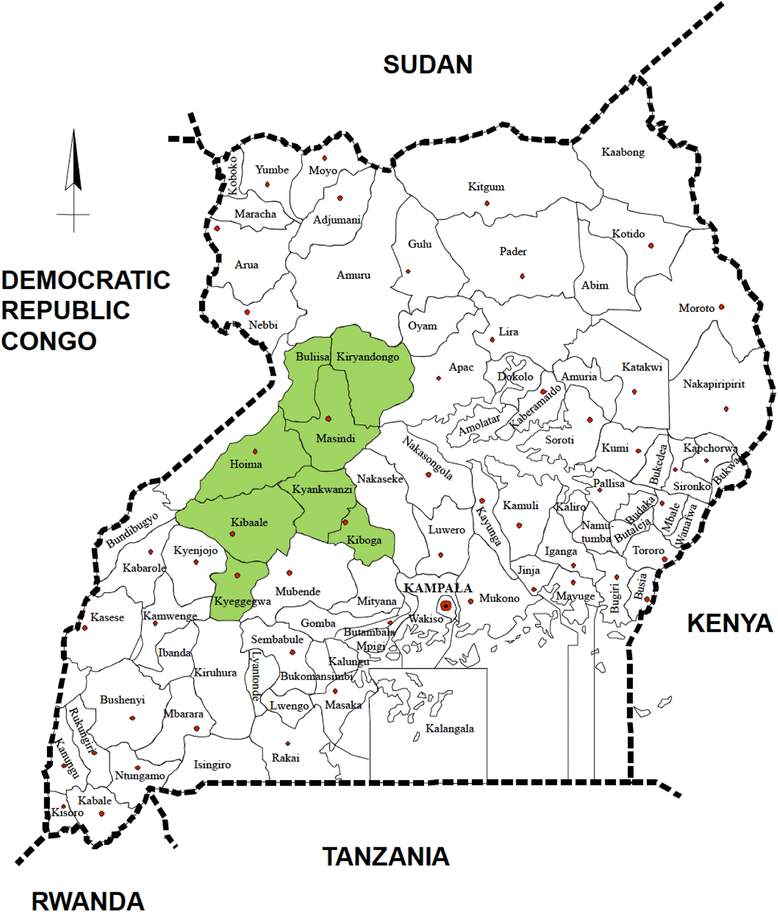
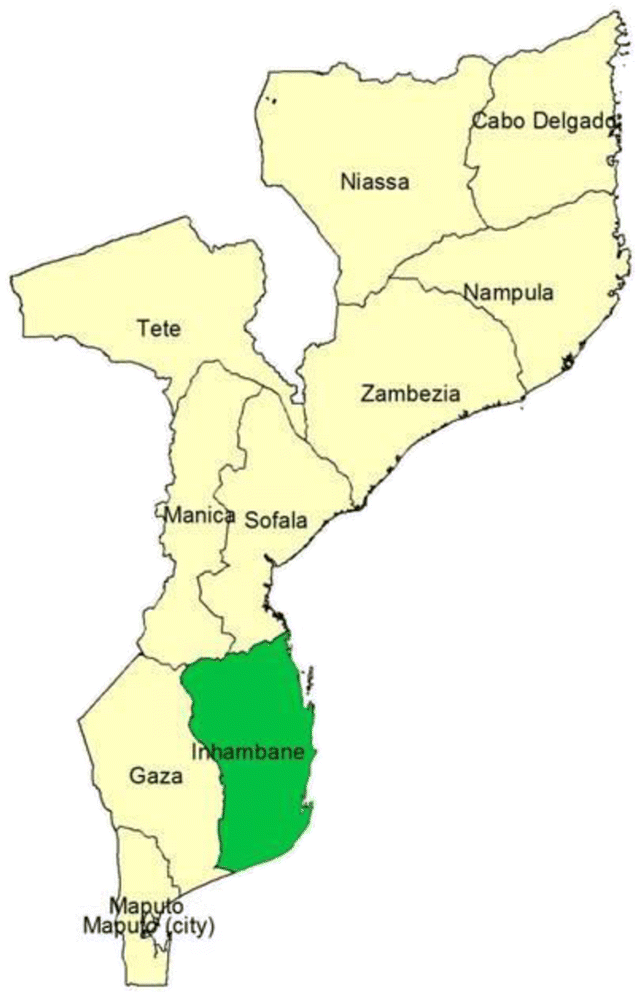
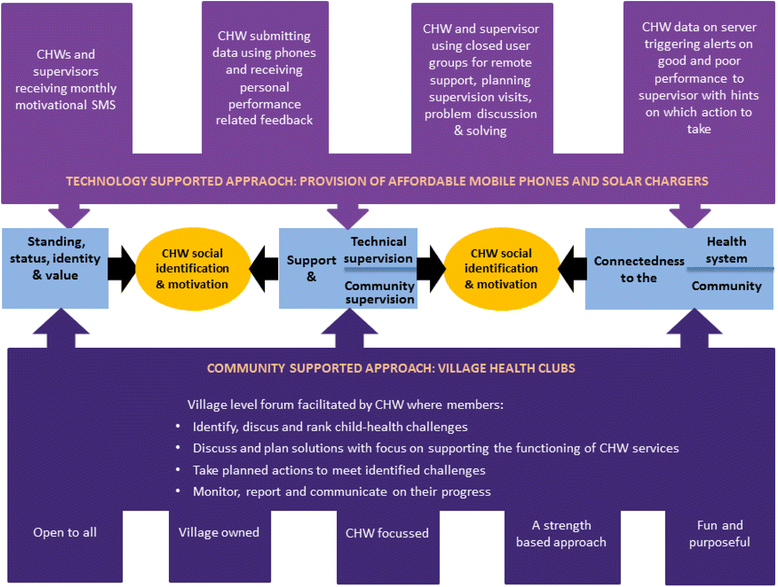
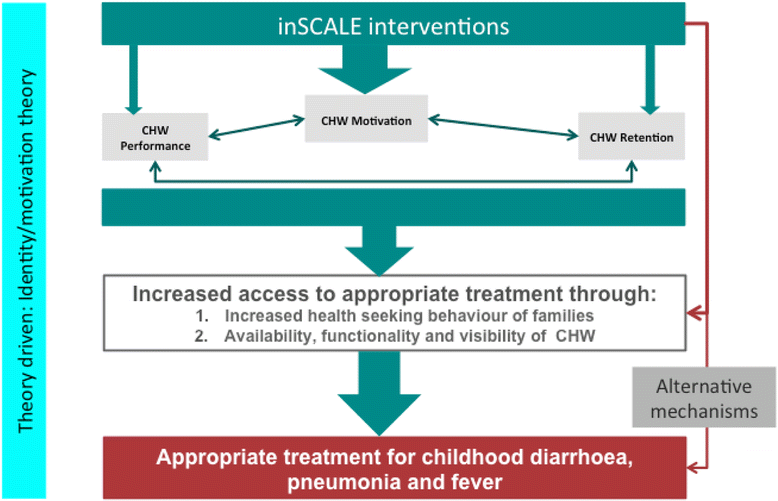
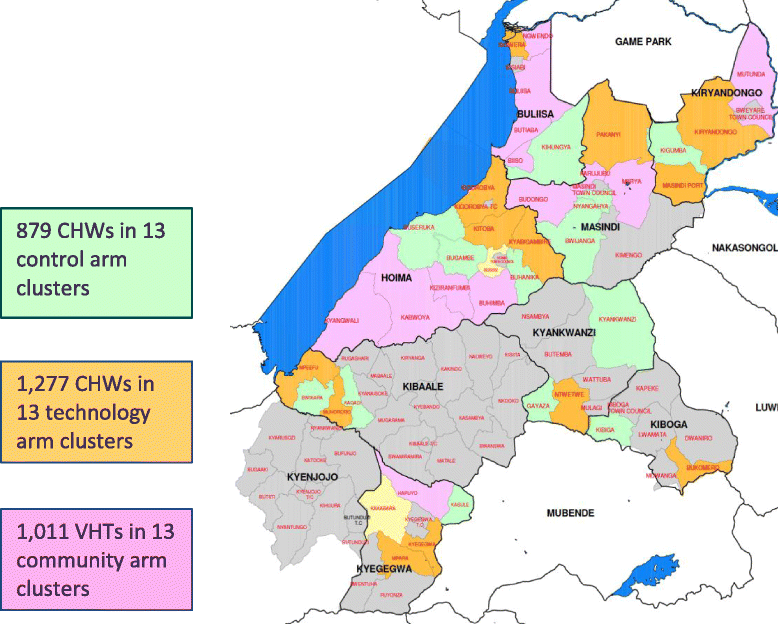

References
-
- Young M, Wolfheim C, Marsh DR, Hammamy D. World Health Organization/United Nations Children’s Fund joint statement on integrated community case management: an equity-focused strategy to improve access to essential treatment services for children. Am J Trop Med Hyg. 2012;87(5 Suppl):6–10. doi: 10.4269/ajtmh.2012.12-0221. - DOI - PMC - PubMed
-
- Mukanga D, Tibenderana JK, Peterson S, Pariyo GW, Kiguli J, Waiswa P, et al. Access, acceptability and utilization of community health workers using diagnostics for case management of fever in Ugandan children: a cross-sectional study. Malar J. 2012;11:121. doi: 10.1186/1475-2875-11-121. - DOI - PMC - PubMed
-
- Bank W. World Development Report: Investing in Health. Oxford: Oxford University Press; 1993.
Publication types
MeSH terms
Associated data
Grants and funding
LinkOut - more resources
Full Text Sources
Other Literature Sources
Medical
Miscellaneous

